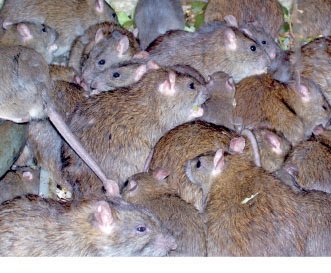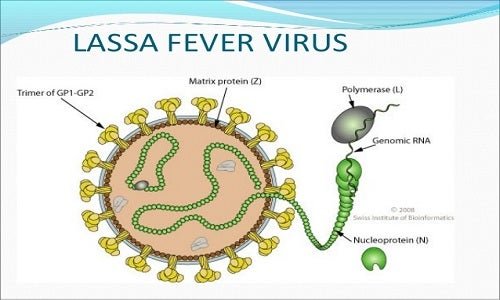LASSA FEVER(ZOONOTIC DISEASE)
Lassa fever is an animal-borne, or zoonotic, acute viral illness. It is endemic in parts of West Africa including Sierra Leone, Liberia, Guinea and Nigeria. Neighboring countries are also at risk, as the animal vector for Lassa virus, the “multimammate rat” (Mastomys natalensis) is distributed throughout the region The illness was discovered in 1969 and is named after the town in Nigeria where the first cases occurred.
An estimated 100,000 to 300,000 infections of Lassa fever occur annually, with approximately 5,000 deaths. Surveillance for Lassa fever is not standardized; therefore, these estimates are crude. In some areas of Sierra Leone and Liberia, it is known that 10-16% of people admitted to hospitals annually have Lassa fever, demonstrating the serious impact the disease has on the region.
Lassa fever, also known as lassa haemorrhagic fever (LHF), is a viral haemorrhagic illness caused by contact with food or household items contaminated by rodent urine or faeces containing the Lassa virus.
Many of those infected did not develop symptoms, but when symptoms occur, they typically include fever, weakness, headaches, vomiting and muscle pains.

Lassa fever is far more deadly than Ebola, though they share similar symptoms. Because Lassa is a very fast replicating and debilitating virus, the chances of a worldwide epidemic are small. Patients are far too weak to board a plane and spread it to other parts of the world. People are dieing every day
SAVE A LIFE TODAY @Steemitbrownboy
Congratulations @laurenco2525! You received a personal award!
You can view your badges on your Steem Board and compare to others on the Steem Ranking
Do not miss the last post from @steemitboard: